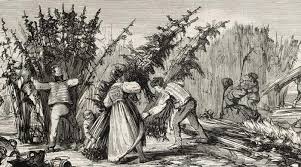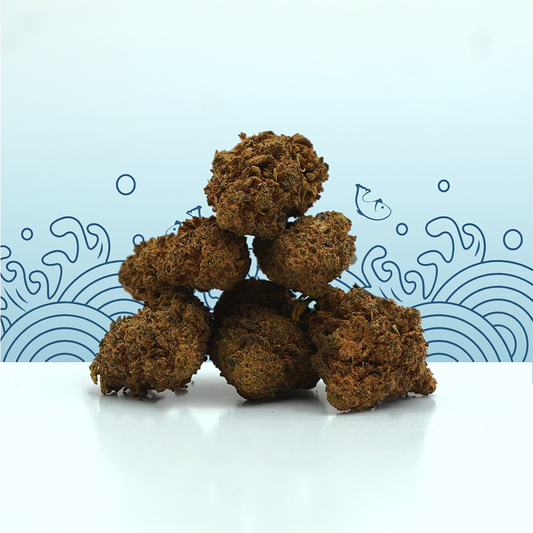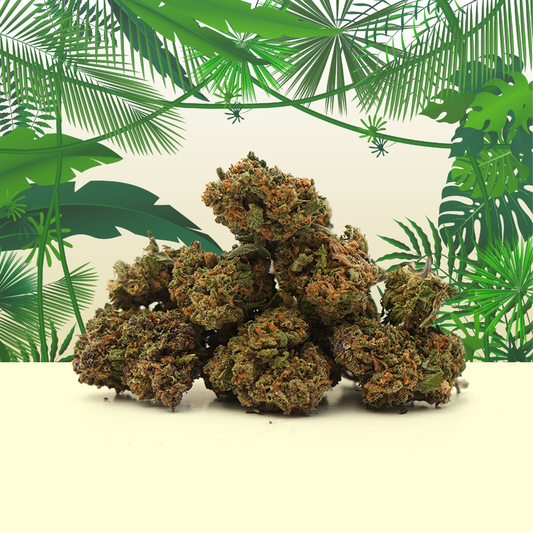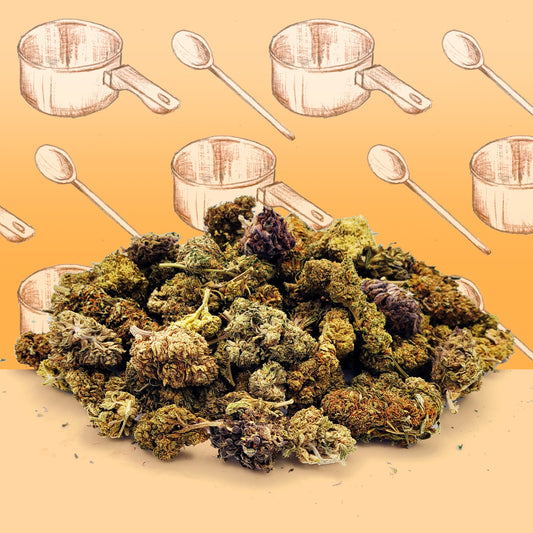I) Definitions and a brief introduction to the history of hemp
Plastic, oil, paper, food, fuel, clothes...
No, this isn't a shopping list, just a handful of the long list of products that can be made from the hemp plant.
People are becoming increasingly aware of the many benefits of hemp and the various ways in which it can be used to our advantage.
In fact, hemp is far from being a new discovery. In fact, estimates show that humans have been using it for around 10,000 years.
From the Declaration of Independence, written on hemp paper, to some of the Founding Fathers growing hemp plants for industrial use, hemp is inseparable from human history.
What is hemp?
First of all, it's important to clarify a few points.
Hemp and marijuana are both part of the Cannabis Sativa species - although they are very different.
An anologue comparison would be a German Shepherd and a Chihuahua. Although they both belong to the "Dog" category, they are clearly at opposite ends of the family.
A key difference between hemp and marijuana lies in THC - tetrahydrocannabinol.
As many know, THC is the compound in marijuana that gets users high. In a typical cannabis plant, you'd expect to find THC levels ranging from 5 to 30%.
Hemp, on the other hand, generally has THC levels of around 0.2% - low enough that its psychotropic effects are not felt.
So, although they may belong to the same family, hemp and marijuana are very different and should not be confused.




![Banana Cream CBG 🍌 [Greenhouse]](http://mamakana.com/cdn/shop/files/banana.jpg?v=1683038126&width=533)
![Bubba Kush CBD 🫧 [Greenhouse]](http://mamakana.com/cdn/shop/files/Bubba_fond_4b55b9bd-2083-406f-8843-1229994bb3ec.png?v=1738679473&width=533)




